#treveris
Explore tagged Tumblr posts
Text
Termas imperiales Treveris Trier Alemania
Constantino en el s. IV mandó construir este magnífico recinto termal de unas dimensiones colosales, convirtiéndose en el tercero más grande. Es más que posible, que el hecho que ubicara una residencia en Tréveris y que los orígenes de su madre estuvieran en esta ciudad, fueran motivo suficiente como para regalarles un complejo de esta magnitud.
Se halla cercano a la basílica de Constantino y al anfiteatro romano, ocupando una gran extensión de terreno. Actualmente pueden verse los muros pertenecientes al caldarium, así como restos de algunas de las salas anexas. En la imagen aérea es visible la palestra utilizada para gimnasio y la disposición de salas contiguas.



#arqueologia#historia#culture#history#archaeology#travel#antiguaroma#restosromanos#roma#germany#deutschland#trier#treveris
2 notes
·
View notes
Text
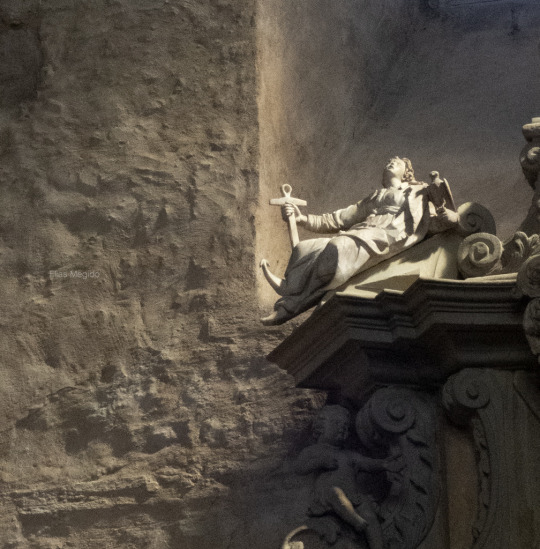
Catedral de Trier
#architecture#arquitectura#sculpture#escultura#art#arte#trier#treveris#germany#alemania#cathedral#catedral
23 notes
·
View notes
Text
Coin of the Day #106 (8/18/2024)
I’m probably just going to keep picking from this bag, there’s so many nice ones…


Roman Splinter State - Gallic Empire
BI Antoninianus - 22mm 4.33g
Postumus 266-267 AD
Treveri Mint
Obverse IMP C POSTVMVS P F AVG
Bust of Postumus right, radiate, draped, cuirassed
Reverse SALVS AVG
Aesculapius (Asclepius) standing right, head left, leaning on serpent staff, globe at feet
Mairat 348
#coin of the day#roman empire#gallic empire#third century crisis#Postumus#roman coins#coin#coins#numismatics#ancient rome#ancient coins#ancient gaul#gaul#treveri
10 notes
·
View notes
Text
My Video Interview With Christian from Treveri Cellars at Taste Washington 2024
My #Video #Interview With Christian from Treveri Cellars at @TasteWashington 2024. #WAwine #organic @wa_state_wine #sparklingwine
Christian from Treveri Cellars This was the last video interview I made during The Grand Tasting at Taste Washington 2024. Treveri Cellars makes organic sparkling wines and has been doing it for many years. While some wines are made with “traditional” sparkling wine grapes, like Chardonnay and Pinot Noir, they also venture out and make sparkling Gewurztraminer and Riesling. I tasted a glass of…
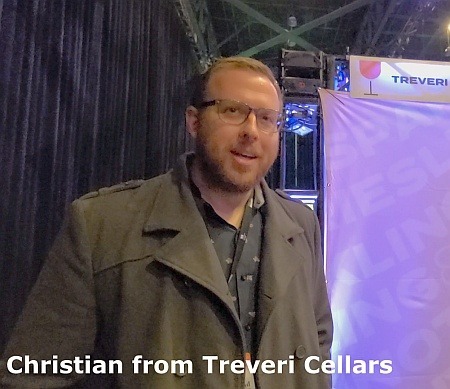
View On WordPress
0 notes
Text
27th July
The Battle of Killiecrankie

Lochiel’s Charge at Killycrankie by James Grant. Source: Wikipedia
On this day in 1689, the Battle of Killiecrankie took place in Tayside. The battle was part of the fighting in Scotland and Ireland that took place following the deposition of King James VII (James II of England) in the Glorious Revolution. Answering James’ call to defend the House of Stuart, many of the Highland clans rose against the new regime of King William III in the Williamite Rebellion. Government forces entered the Highlands under Hugh Mackay and were ambushed in the Pass of Killiecrankie by a Highland army led by Viscount “Bonnie” Dundee. Although initially the Jacobite troops suffered fearful casualties from the continuous vollies of the Williamite force, the government army was unable to withstand a charge by the Highlanders that broke its centre and led to a rout. Despite securing a comprehensive victory, Dundee himself was hit by a musket ball and died of his wound the following day. Mackay was able to rally the government forces and the rebellion was eventually put down. Dundee himself was rumoured to be a warlock who could only be killed by a silver bullet. It is not known whether the ball that did for him was indeed crafted from silver.
On this day in 1526, Peter Treveris’ Grete Herball was published describing various herbal remedies, some still in use to this day. He also warned against cold bathing, which could be fatal and stated that too much drinking of water as a child could lead to death by drowning in later life. Treveris’ recipe for Oil of Violets is particularly helpful: ‘Oyle of vyolettes is made thus. Sethe vyolettes in oyle and strayne it. It will be oyle of vyolettes.’
#battle of Killiecrankie#williamite rebellion#glorious revolution#Peter Treveris#the grete herball#Bonnie Dundee
0 notes
Photo

A Roman Trail in the Moselle Valley
The Moselle Valley is Germany's oldest winegrowing region. The Romans brought viticulture to this area and planted vines along the Moselle River 2000 years ago. After settling the region c. 50 BCE and establishing the city of Trier (Augusta Treverorum) in 17 BCE, a Gallo-Roman culture developed in the territory of the Belgic Treveri tribe that inhabited the valley in what is now Luxembourg, southeastern Belgium, and southwestern Germany.
Between Trier and the junction with the Rhine at Koblenz, archaeologists have found remains of Roman estates, temples, mausolea, and wine presses. They constitute the largest concentration of Roman ruins north of the Alps.
The Moselle River owes its name to the Romans, who called it Mosella or 'little Meuse'. It is one of the longest of the Rhine's tributaries at 545 kilometres (339 mi). The extensive cultivation of vines on its slopes is well-attested in the poem Mosella written by the 4th-century CE Gallo-Roman poet Ausonius (310-395 CE). Ausonius praises the Moselle for its clear waters, fish, quality vineyards, and people. He dwells on its beauty, which is impressive in the glow of the setting sun.
Here one sees the sky without branches twined together, green and dark, buried in fog, here the brightness of daylight never hides. I saw this land of well-tended fields and estates set on hills and cliffs green with vines and hedges running across the slopes like schoolboys at play and murmuring below in the valley, the Moselle, my new-found river hurried along. The pleasant scene recalled to me my distant home, Bordeaux. May I pay my respects to the river praised by every man working in his field? You bring the honour of empire to Trier.
Ausonius, Mosella (Translation by Harold Isbell, 1965 CE)
The Moselle Valley in the Rhineland-Palatinate and Saarland regions of Germany has majestic landscape, hilltop castles, picturesque villages, vineyards, and savoury wines to draw visitors. The region is also a testament to the Gallo-Roman era north of the Alps, with 100 Roman sights showing aspects of Roman life.
The cross-border cultural route "Straßen der Römer" (Roads of the Romans) connects these sights thanks to well-developed archaeological hiking trails and paths. Impressive reconstructions and excavated sites are waiting to be discovered. Descriptions of archaeological monuments provide walkers with access to a thousand-year-old cultural landscape.
Find the best places to visit in this region with our list of the top Roman attractions in the Moselle Valley. For lesser-known Roman sights and museums, including those in Luxembourg, check our map below.
Roman Villa Borg
The Villa Borg is a reconstructed Roman villa rustica located in the village of Borg in Saarland. The complex illustrates how pleasant life was for the Roman elite 2,000 years ago. Visitors can wander the 7.5-hectare (18-acre) estate and learn about Roman daily life while visiting the fully functional baths, recreated gardens and kitchen, and archaeological museum.
Only the pars dominica, the residential area exclusive to the master (dominus) and his family, has been excavated. Excavation work is being carried out in the area of the pars rustica - the space reserved for servants and workers of the farm - and can be visited during the opening hours of the Villa Borg.
The Villa Borg has a year-round programme of events and festivals, including 'Exclusive bathing evening,' 'Roman wine tasting with the slave Jatros', and 'Cooking like the Romans'.
Opening times: Every day except Monday. February-March: 11:00-16:00, April to October: 10:00-18:00, November 11:00-16:00. December, January closed.
Continue reading...
43 notes
·
View notes
Text
Week 2: Goddess Sirona “She Who Makes Us Better"

Sirona is a Gaulish/Celtic healing deity. Her cult predates the Romans, but all her iconography comes from the Romanization of Gaul, and her worship was widely spread all over Europe from Hungary to Brittany.
Many artifacts of her worship come from the Treveri in the Moselle Valley who venerated Sirona and built the rich healing shrine at Hochscheid. Shrines to Sirona have been found at Niedaltdorf, Bitburg, and Wiesbaden in Germany, and Metz, Luxeuil, and Corseul (Brittany) in France.

Her statues appear both alone and with Apollo Grannus or Apollo Borvo. The Romans interpreted Sirona as Hygeia, daughter of the healer-god Asclepius and granddaughter of Apollo, and her imagery indicates references to the chthonic mystery cults, including ears of corn, associated with Demeter and the Eleusinian Mysteries.
She is often shown with the snake and bowl of eggs, both symbols of regeneration and rebirth. The eggs represent the snake’s young, perhaps a fertility reference. While she normally wears a dress and sometimes even a veil, the bronze statue at Mâlain depicts Thiron(a) semi-nude with a serpent on her arm.
The context of her artifacts stress her role as one who heals through hot springs. Healing sanctuaries at springs drew large numbers of pilgrims who came there to spend the night. Hygeia/Salus protected against danger and cured mental as well as physical illness, it was believed Sirona did as well.
An inscription at Le Mans calls her Serona Sivelia, “She Who Makes Us Better.”
Her partner, however, is Atesmerius, whose name comes from the same root as Rosmerta and Smertios, and means “Provider.”
It has been speculated based upon linguistic evidence that Sirona was a ‘star’ goddess. The ancient Transalpine Gaulish word for ‘star’ was ‘sirom‘, related to the Latin word ‘Sidus‘ (from which we get the word ‘Sidereal’). The 116 Sirona is an asteroid named in her honor.
Sirona is possibly syncretized with a goddess known elsewhere as Divona/Dirona, the goddess Damona (meaning “the Great Cow” possibly a connection to the nakshatra of Pushya), and the river goddess Verbia. (The rippling motion of the snake can symbolize the motions of the water).
Celebration: Sirona can be honored during the Telesphorus Festival in January, on the festival of Salus in March and with Apollo or Grannus in July.
Reading from Goddess Sirona

Card 12 - Nephthys, Purpose, Peace, Understanding
“Mistress of the Gateways, illuminate my purpose.”
Sirona locates herself at life’s beginning and life’s end, in our dream states and waking states. She is our constant companion. She calls to Healers specifically, encouraging them to be extremely devoted to their paths.
Sirona is fiercely loyal to her devotees, and possesses the ability to transform or change even impossible situations. Sirona is a very humanitarian deity, many of the innovations in medicine are divine inspiration from Her. Much of the knowledge of healing is in the intuition. She would like her memory on Earth to be recovered and remembered.
Sirona emphasizes the healing power of love.
Our Lady of the Sacred Son: Within your heart is a love that is unconditional, compassionate, and healing. From that love, emerges wisdom and the capacity to make choices based on what holds essential meaning and value to your soul.
Sri Varahi-Pada: The knowledge of life Sirona calls us to detach the body from the ego.
#celtic mythology#irish mythology#celtic paganism#celtic polytheism#celtic pantheon#pagan witch#goddess worship#witchcore#nephthys#wicca#pagan wicca#witchblr#witch community#celtic goddess#macha#brigid#badb#morrigan
24 notes
·
View notes
Text
Celtic deities associated with boars and pigs: Arduinna and Moccus
Arduinna is a captivating figure in Celtic mythology, deeply tied to the natural world and specifically associated with boars. As a Gaulish goddess, she embodies the wild, protective spirit of the Ardennes Forest, and her connection to boars highlights her role as a huntress and guardian of the wilderness.
Key Points
Who is Arduinna? She’s a Celtic goddess of the Ardennes Forest in what’s now Belgium, Luxembourg, and northern France, known as a protector of the wild and its creatures.
Boar Connection: Arduinna is often depicted riding a boar, symbolizing her mastery over nature and her role as a huntress.
Pigs or Boars? Her primary link is to boars—wild, fierce animals tied to hunting and war—rather than domesticated pigs, though both share cultural significance in Celtic lore.
Personality: Think of her as a fierce, independent deity, blending nurturing protection with the untamed energy of the forest.
Overview
Arduinna’s name itself hints at her essence—it’s linked to the Gaulish word arduo, meaning "height" or "high," reflecting her dominion over the rugged, forested highlands of the Ardennes. She’s most famously known through Roman interpretations, where she’s equated with Diana, the huntress goddess, suggesting a strong, sovereign figure who commands the wild. Her relationship with boars is central to her identity, painting her as both a companion to these animals and a symbol of their untamed power.

Boars in Arduinna’s World
The boar was a big deal in Celtic culture—think strength, courage, and a bit of ferocity. Arduinna riding a boar (as depicted in a bronze statuette from the region) isn’t just a cool image; it shows her as a goddess who harnesses that wild energy. She likely protected hunters who pursued boars in her forest, ensuring they respected her domain. Unlike Moccus, who’s tied to both pigs and boars with a focus on fertility and abundance, Arduinna’s link is more about the hunt and the raw, natural order. Boars, with their bristly hides and warrior vibes, fit her perfectly—no tame pigs here, just the wild cousins.

Cultural Role
Arduinna was worshipped by the local Gaulish tribes, like the Treveri, who saw her as a guardian of the Ardennes’ bounty—its game, woods, and rivers. Offerings to her might’ve included boar-related items (tusks, hides) or even small sacrifices to keep her favor. Her Roman connection to Diana adds a layer of prestige, suggesting her cult had staying power even as Gaul became Romanized.
Why Boars, Not Pigs?
While pigs were sacred in Celtic mythology (think magical swine from the Other World), Arduinna’s focus on boars aligns with her wild, forested realm. Boars were hunted for food and prestige, their pursuit a test of skill and bravery—qualities Arduinna embodies. Pigs, more tied to settled life and abundance, don’t quite match her untamed vibe, though the broader pig/boar family ties her to Celtic animal reverence.
Detailed Exploration: Arduinna and Her Boar Connection
Historical and Mythological Identity
Arduinna is a Gaulish goddess named after the Ardennes Forest (Arduenna Silva in Latin), a vast woodland spanning modern-day Belgium, Luxembourg, and parts of France. Her name likely stems from arduo ("height"), tying her to the elevated, rugged terrain she ruled (Wikipedia: Arduinna). Roman writers equated her with Diana, the goddess of the hunt, moon, and wilderness, as seen in interpretatio romana—the practice of syncing local deities with Roman ones (Mythology.net: Arduinna). This suggests Arduinna was a significant figure, revered for her sovereignty over nature.

A key artifact is a bronze statuette from the Ardennes, showing a female figure—presumed to be Arduinna—riding a boar (Wikipedia: Arduinna). This image encapsulates her as a huntress and protector, astride a creature synonymous with the wild.

Boars: Symbolism and Role
In Celtic culture, the boar was a powerhouse symbol:
War and Courage: Boar motifs adorned helmets, shields, and standards (e.g., the Gundestrup cauldron), marking it as a warrior’s emblem (Mythology.net: Arduinna).
The Hunt: Boar hunting was a prestigious, dangerous pursuit, often featured in myths like the tales of Arthur or Fionn mac Cumhaill chasing magical boars (Deity Spotlight: Arduinna).
Nature’s Might: As a forest dweller, the boar embodied the untamed strength Arduinna championed.
Arduinna’s boar-riding imagery suggests she didn’t just oversee these animals—she partnered with them. She might’ve guided hunters, ensuring they honored her forest’s balance, or protected the boars themselves as sacred denizens of her realm.
Pigs: A Lesser Connection?
Unlike Moccus, whose domain includes both pigs and boars with ties to fertility, Arduinna’s focus is narrower. Domestic pigs, linked to abundance and Otherworldly gifts in Celtic tales (e.g., swine from Annwn), don’t appear in her iconography or lore. Her wilderness setting favors the boar’s wildness over the pig’s domesticity, though both animals share a cultural thread of reverence in Gaulish spirituality.
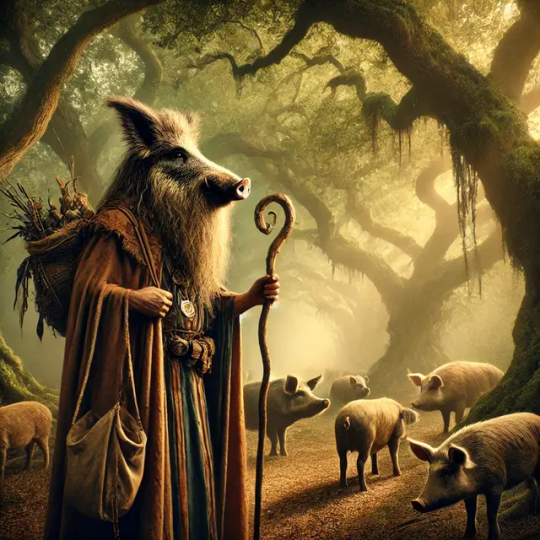
Cult and Worship
Arduinna was likely venerated by tribes like the Treveri, who lived near the Ardennes. Her worship might’ve involved:
Offerings: Boar tusks, hides, or meat left at forest shrines.
Rituals: Hunts dedicated to her, with hunters seeking her blessing for success and safety.
Sites: Natural spots like groves or springs, though no specific temples are confirmed (Old World Gods: Arduinna).
A Roman tale claims Emperor Vespasian’s troops cut down parts of her forest, angering Arduinna—a story that reinforces her as a fierce defender of her domain (Mythology.net: Arduinna).
Comparison to Moccus
While Moccus and Arduinna both connect to boars, their roles diverge:
Moccus: Male, tied to pigs/boars, fertility, and protection; possibly linked to feasts and prosperity.
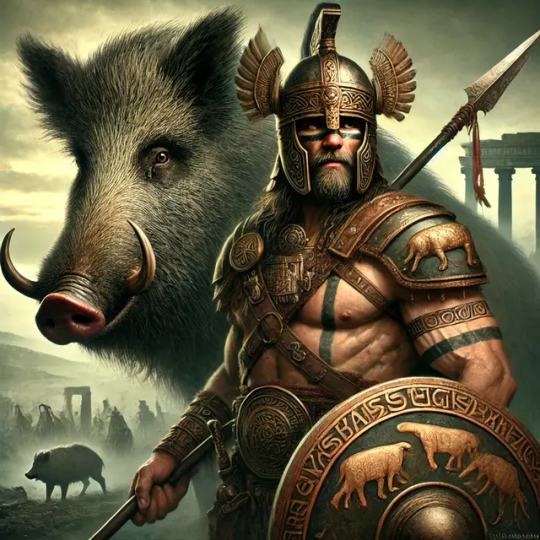
Arduinna: Female, boar-focused, emphasizing hunting and wilderness; less about abundance, more about nature’s raw power.

This contrast highlights the diversity of Celtic animal deities—Moccus nurtures, Arduinna guards.
Moccus appears to be a male deity. The name itself, derived from the Celtic word for "pig" or "boar," does not inherently indicate gender, but the linguistic and cultural context suggests a masculine identity. Additionally, Moccus was syncretized with the Roman god Mercury, who was male, further reinforcing this interpretation.
However, despite being male, Moccus embodies traits that are often associated with fertility and abundance, which are frequently linked to goddesses in many traditions. This could be why some people might wonder if Moccus had a more fluid or ambiguous divine role. In Celtic religion, gender roles in deities were not always rigid—many gods and goddesses shared overlapping domains, and boars and pigs were linked to both male warriors (as symbols of strength) and female deities (as symbols of fertility and provision).
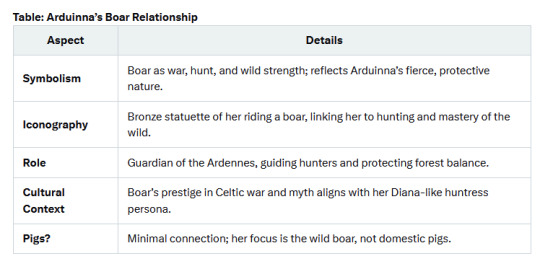
Despite the suppression of her cult, Arduinna’s memory endures through various forms. Today, one can find a beer named after her, which pays homage to her association with the forests and nature.

Furthermore, an asteroid bears her name, reflecting her celestial presence. Additionally, Arduinna’s existence sheds light on the existence of other lesser-known Celtic goddesses who embodied the spirit of the woodlands and were revered alongside Arduinna by ancient Gaulish communities.
Key Citations
Wikipedia: Arduinna, Gaulish goddess of the Ardennes
Mythology.net: Arduinna, goddess of forest and hunt
Old World Gods: Arduinna, Celtic wilderness deity
Deity Spotlight: Arduinna, Tumblr post

#pig#pigs#boar#hog#arduinna#moccus#celtic mythology#pig deities#mythology#gaulish mythology#les ardennes#dall e#grok ai#chatGBT#wikipedia
9 notes
·
View notes
Text


frontispiece to Peter Treveris, The grete herball (1529)
from here
15 notes
·
View notes
Text

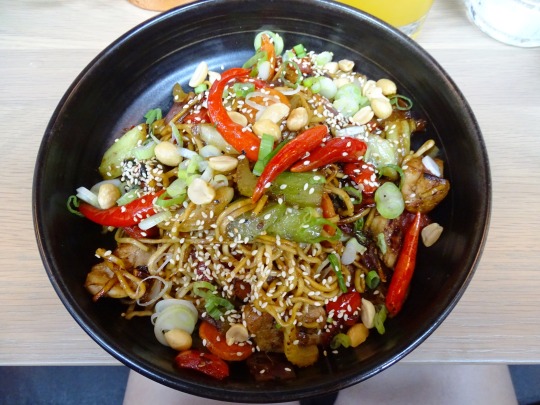
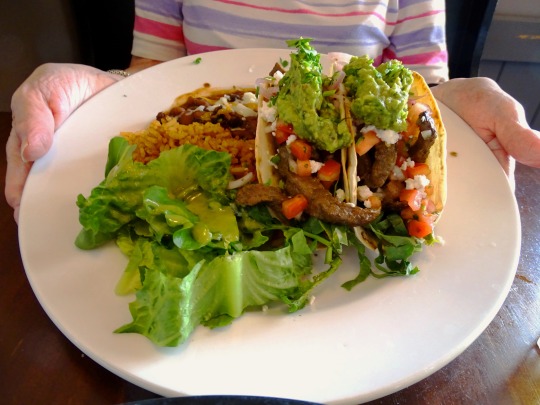
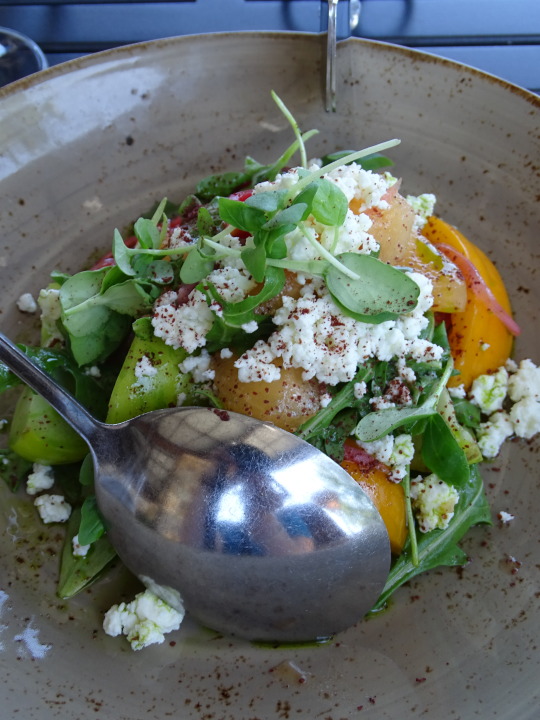
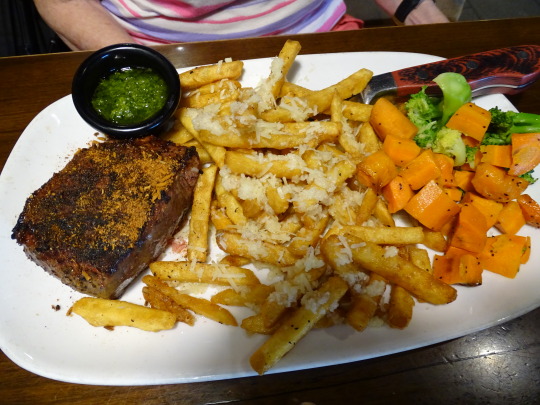
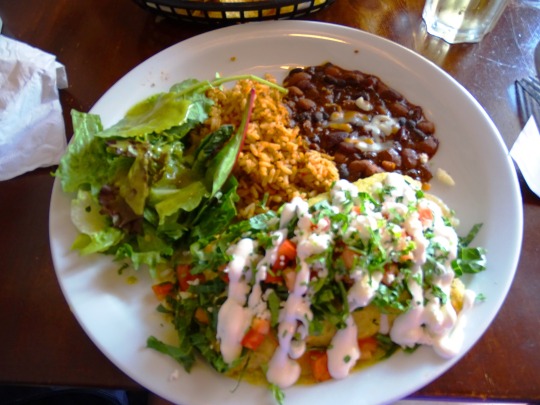
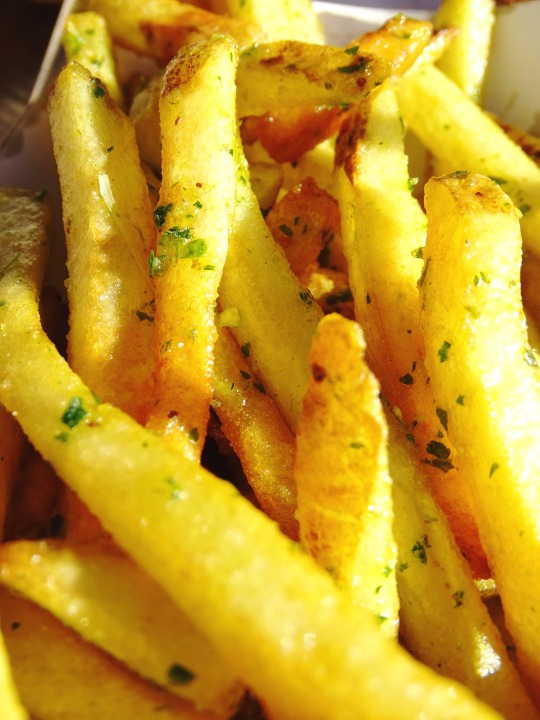
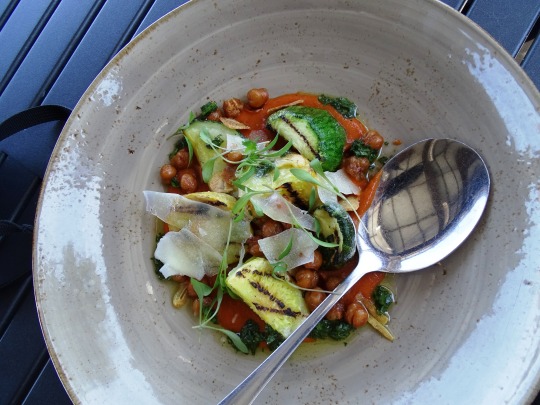
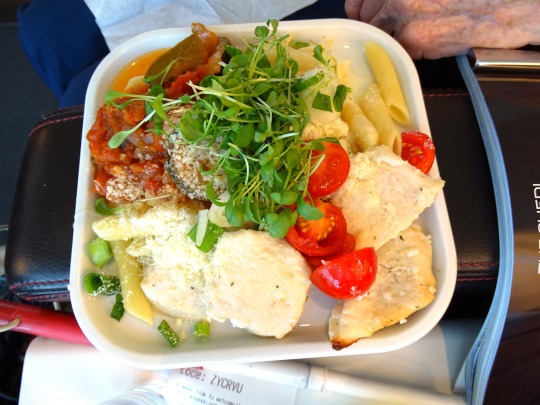
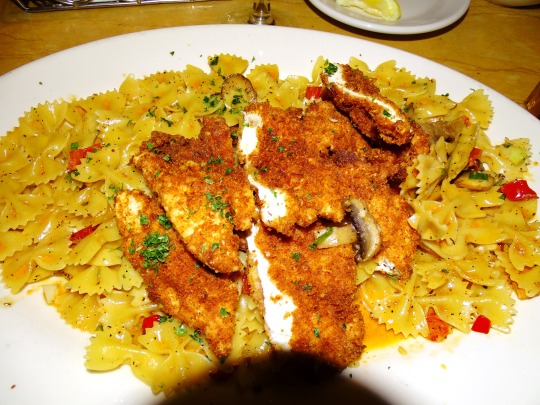
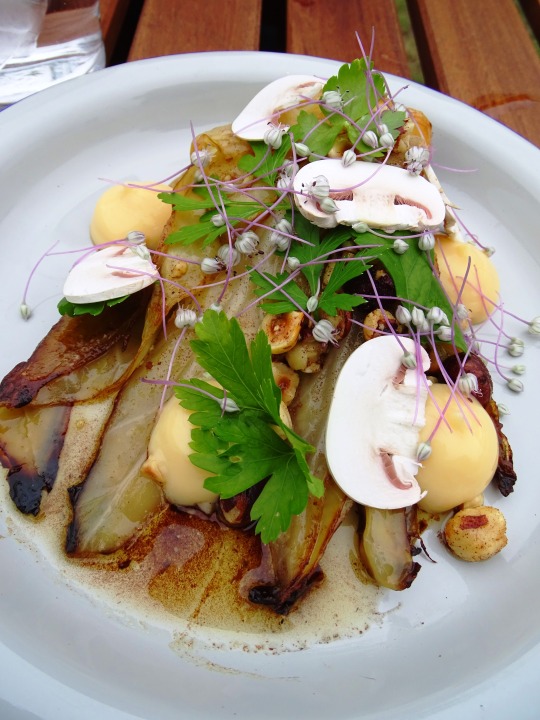
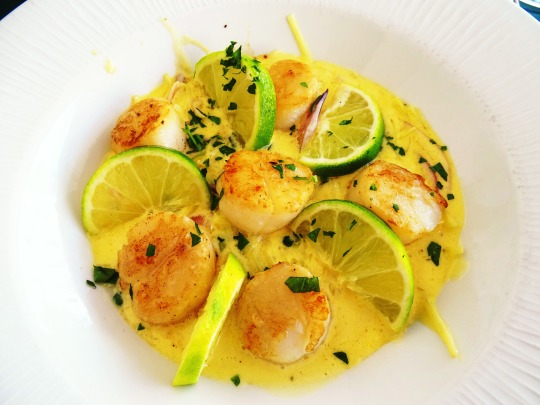
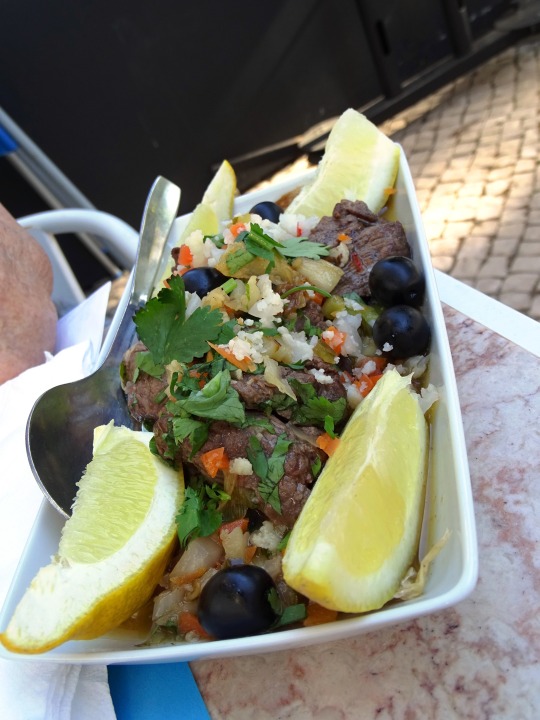
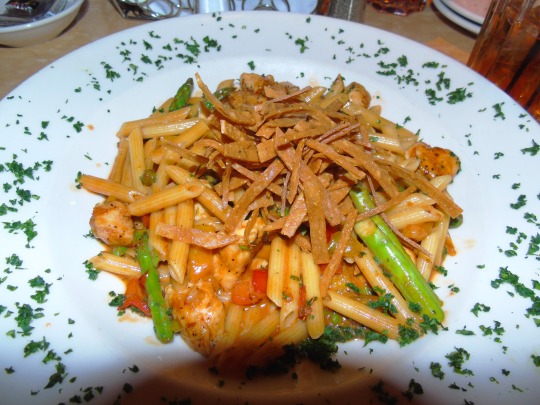
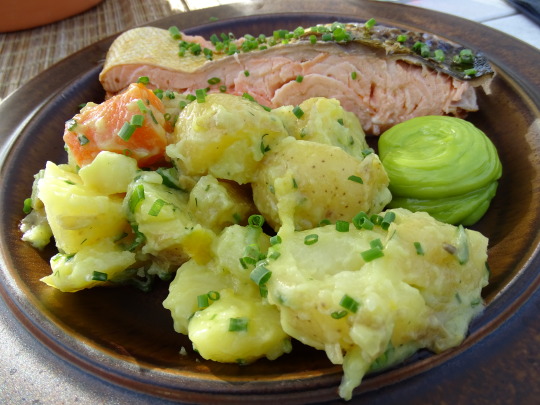
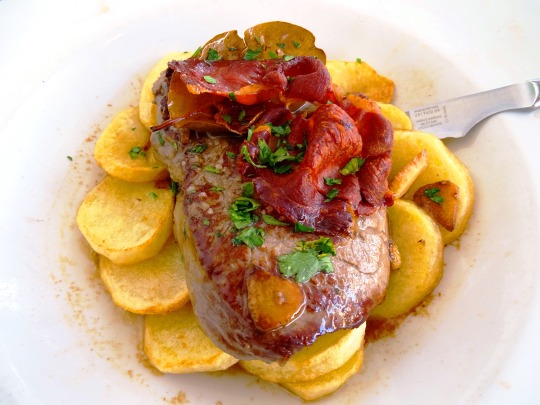

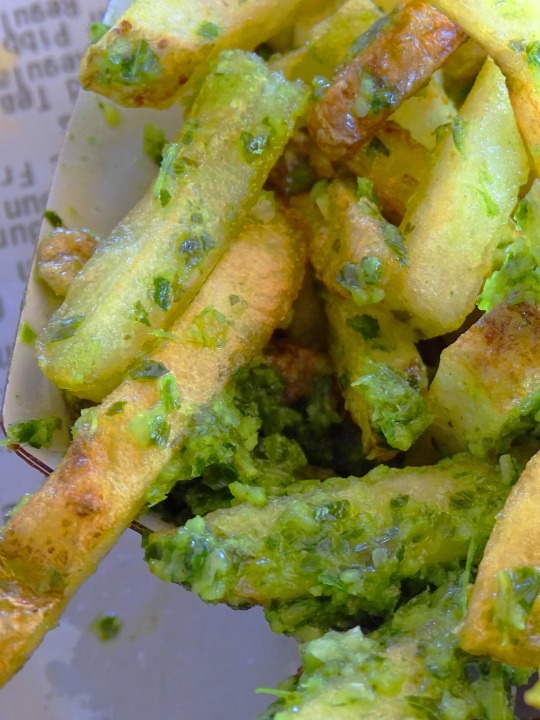
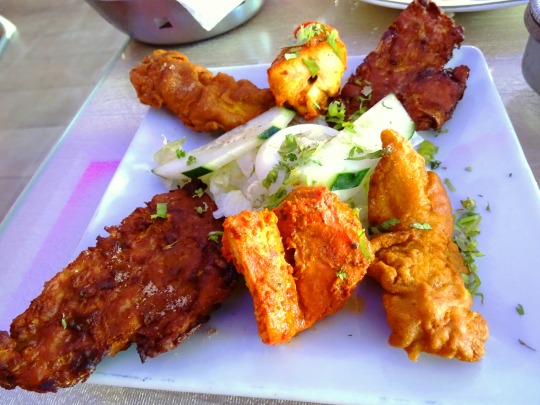
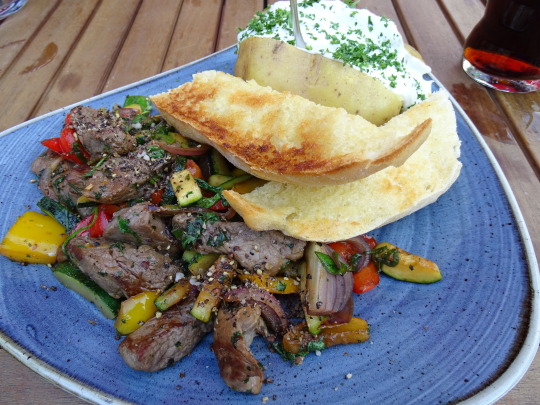
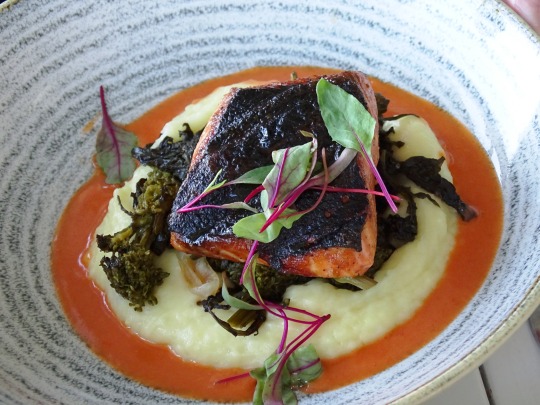
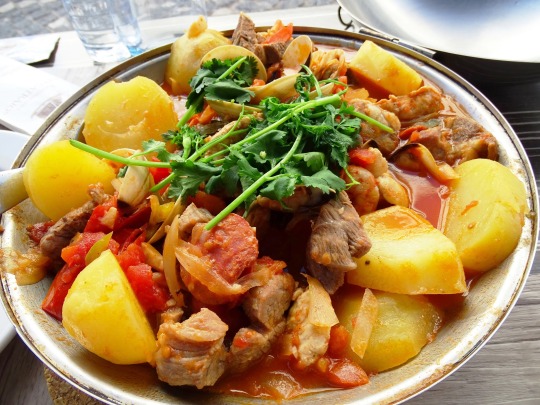
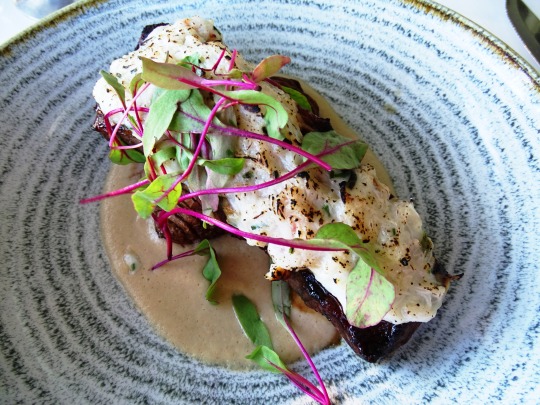
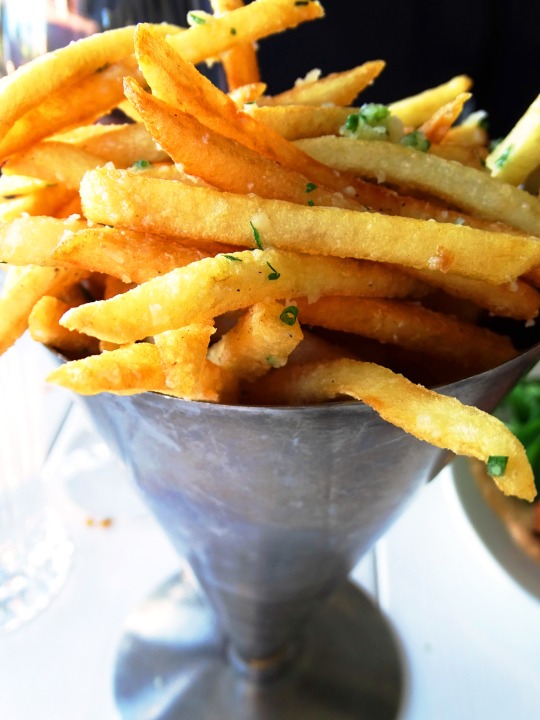
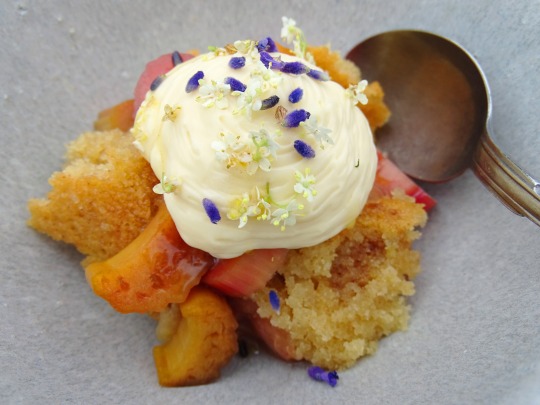

National Herb Day
It is National Herb Day on May 4! It is usually celebrated annually on the first Saturday of May. The HerbDay Coalition, an organization of five non-profit groups, started National Herb Day to raise awareness about the useful properties and importance of herbs in daily life. They also work towards encouraging people to learn more about the herbs and provide a better understanding of the extensive uses of herbs in daily life. Herbs are extensively used in food, medicines, and cosmetics. They also served as the first medicines ever used by humans to cure various ailments.
History of National Herb Day
Botanically, herbs are classified as the green parts of a plant used in food or medicine. Herbs are as old as human civilizations and have been used for cooking and medicine since time immemorial. There is well-preserved archaeological evidence pointing to the use of herbs 60,000 years ago. Neanderthals, ancestors of modern Homo sapiens, started using herbs for healing. In a way, we can say that herbs predate even that of recorded history and form the origin of much of modern medicine. Archeologists have discovered traces of pollen and other plant materials near burials, indicating the use of herbs.
There is hardly any civilization that didn’t take advantage of the use of herbs. The Sumerians, Egyptians, Indians, and Chinese all used herbs independently of one another. They created clay tablets that date back 5,000 years and listed hundreds of medicinal plants on them. In Egypt, texts like Papyrus Ebers describe ailments, treatments, and around 850 medicinal plants. The Indian medicinal school of Ayurveda, which uses natural remedies and herbal medicine to cure health conditions, is still prevalent in this modern age. Ayurvedic medicine has used many herbs dating back to 4000 B.C.
The study and use of herbs thrived in the Middle Ages when most cultures attributed spiritual qualities to herbs. A prominent example is the holy status of basil leaves in India. There is also a resurgence in the use of herbs in the last 40 years due to the impact of chemical drugs and the investment in pharmaceutical research and development. To address the growing popularity of herbs and to spread their importance, the HerbDay Coalition started National Herb Day.
National Herb Day timeline
6,000 Years Ago
The Rise of Ayurveda
The “Rig Veda” and the “Atharva Veda,” the Vedic scriptures of Hinduism, mention the prevalence of medicinal plants and Ayurveda.
5,000 Years Ago
Sumerian Texts on Herbs
Sumerians write about hundreds of medicinal herbs on clay tablets.
1526 A.D.
The First English Herbal
Peter Treveris prints “Grete Herball,” the first English herbal.
1600 — 1700
The Era of Bubonic Plague
The popularity of herbal medicines declines because of their ineffectiveness against the Bubonic Plague.
National Herb Day FAQs
How many herbs are there in the United States?
There are approximately 75 to 100 herbs listed in the National Library of Medicine
What is the most popular herb in the world?
Cumin is generally considered the most popular herb in the world.
Is an herb a vegetable?
Herbs are a subset of vegetables, which are generally composed of flavorful leaves of plants such as cilantro and basil.
National Herb Day Activities
Buy herbal products: Herbal products are rich in medicinal properties and nutrient values. Purchase herbal products for your daily use.
Invite friends for an herbal-themed party: Invite friends for an herbal-themed party. Create food and decorations in the shape of various herbs available in your locality.
Create an herbal garden: Create an herbal garden in your backyard. Try herbs that are already available in your locality before expanding your horizons over time.
5 Facts About Herbs That You Should Know
Stronger flavor for dried herbs: Both dried and fresh herbs can be used, but dried herbs have a stronger flavor.
Herbalists and botanists: In the middle ages, botanists were known as herbalists.
Herbal: The book of plants: A book containing the names, legends, stories, and descriptions of plants is called a ‘herbal.’
Herbal medicine users: 80% of people worldwide use herbal medicines.
Herbal medicines in Germany: Around 600 to 700 plant-based medicines are available in Germany.
Why We Love National Herb Day
Low side effects: Herbal medicines have fewer side effects compared to modern medications. It may be slow compared to modern medicine, but certain herbal medicines are effective against many lifestyle diseases.
Good for health: Herbs are good for your health. They are rich in nutrients and have medicinal value.
A second option: Herbal medicines are a second option for various lifestyle diseases. Major diseases like diabetes can be controlled with herbal remedies.
Source
#National Herb Day#4 May 2024#NationalHerbDay#first Saturday in May#salmon with potato salad#bratwurst#cabbage#Steakpfanne#Sweden#Germany#food#restaurant#original photography#Truffle Fries with parmesan reggiano#Garlic Fries#USA#roasted potatoes#mushroom#Madeleine#loaded baked potato#travel#vacation#Filet Port#scallops#Cataplana de marisco
2 notes
·
View notes
Text



Man's Impact on the Environment . 04 March 2025 . Trier . Germany . Georg Braun & Frans Hogenberg . 1572
Historical view of Trier, Germany, by Georg Braun & Frans Hogenberg, 1572
Trier (/trɪər/ TREER, German: [tʁiːɐ̯] ⓘ; Luxembourgish: Tréier [ˈtʀəɪɐ] ⓘ), formerly and traditionally known in English as Trèves (/trɛv/ TREV, French: [tʁɛv]) and Triers (see also names in other languages), is a city on the banks of the Moselle in Germany. It lies in a valley between low vine-covered hills of red sandstone in the west of the state of Rhineland-Palatinate, near the border with Luxembourg and within the important Moselle wine region.
Founded by the Romans in the late 1st century BC as Augusta Treverorum ("The City of Augustus among the Treveri"), Trier is considered Germany's oldest city. It is also the oldest seat of a bishop north of the Alps. Trier was one of the four capitals of the Roman Empire during the Tetrarchy period in the late 3rd and early 4th centuries. In the Middle Ages, the archbishop-elector of Trier was an important prince of the Church who controlled land from the French border to the Rhine. The archbishop-elector of Trier also had great significance as one of the seven electors of the Holy Roman Empire. Because of its significance during the Roman and Holy Roman empires, several monuments and cathedrals within Trier are listed as a UNESCO World Heritage Site.
With an approximate population of 110,000, Trier is the fourth-largest city in its state, after Mainz, Ludwigshafen, and Koblenz. The nearest major cities are Luxembourg City (50 km or 31 mi to the southwest), Saarbrücken (80 kilometres or 50 miles southeast), and Koblenz (100 km or 62 mi northeast).
The University of Trier, the administration of the Trier-Saarburg district and the seat of the ADD (Aufsichts- und Dienstleistungsdirektion), which until 1999 was the borough authority of Trier, and the Academy of European Law (ERA) are all based in Trier. It is one of the five "central places" of the state of Rhineland-Palatinate. Along with Luxembourg, Metz and Saarbrücken, fellow constituent members of the QuattroPole [de] union of cities, it is central to the greater region encompassing Saar-Lor-Lux (Saarland, Lorraine and Luxembourg), Rhineland-Palatinate, and Wallonia.
0 notes
Text
ANCAMNA // GALLO-ROMAN GODDESS OF THE RIVER MOSELLE
“She was a goddess worshipped particularly in the valley of the river Moselle. She was commemorated at Trier and Ripsdorf as the consort of Lenus Mars, and at Möhn as the consort of Mars Smertulitanus. At Trier, altars were set up in honour of Lenus Mars, Ancamna and the genii of various pagi of the Treveri, giving the impression of Lenus Mars and Ancamna as tribal protectors honoured in an officially organized cult.”

(depiction of Ancamna and Mars Smertrius)
3 notes
·
View notes
Text

Catedral de Treveris
3 notes
·
View notes
Text
Coin of the Day #248 (1/7/2025)
Here’s an interesting, short-lived denomination…


Roman Empire
BI Pseudo-Argenteus - 19mm 2.52g
Licinius 309-313 AD
Treveri Mint
Obverse IMP LICINIVS AVG
Bust of Licinius left, laureate, cuirassed, holding thunderbolt and sceptre
Reverse IOVI CONSERVATORI AVG
Jupiter seated on eagle right, head left, holding thunderbolt and sceptre, PTR mint
RIC VI 825
#coin of the day#roman empire#ancient rome#licinius#treveri#roman coins#numismatics#coin#coins#ancient coins
2 notes
·
View notes
Text
A quienes el enemigo no había matado durante el pillaje de la ciudad [406, Trier=Trèves=Treveris, a orillas del río Mosela], los destruía el calamitoso estado de la ciudad después del saqueo, porque lo que había escapado a la muerte, durante la destrucción, había sucumbido durante el ruinoso estado en que había quedado la ciudad. Algunos murieron por heridas profundas, otros fueron quemados por los incendios del enemigo y sufrieron torturas, incluso después de que las llamas se extinguieron. Algunos perecieron de hambre, otros por desnudez, algunos, después de lento languidecimiento, otros paralizados por el frío, y, todos por igual, por diversas muertes se precipitaron a una muerte común. ¿Algo peor que esto? Otras ciudades sufrieron la destrucción de esta única ciudad. Por todos lados yacían cuerpos desgarrados y desnudos de ambos sexos, un espectáculo que yo mismo y pude comprobar, harapientos, manchando los ojos con que miraban la ciudad, desgarrados por pájaros y perros. El hedor fúnebre de los muertos era pestilencia para los vivos. La muerte exhalaba olor a muerte. Así, incluso aquellos que habían escapado de la destrucción de la ciudad sufrieron los males que surgieron del pillaje ajeno.
Silviano.
0 notes
Photo

Un sentier romain dans la vallée de la Moselle
La vallée de la Moselle est la plus ancienne région viticole d'Allemagne. Les Romains introduisirent la viticulture dans cette région et plantèrent des vignes le long de la Moselle il y a 2000 ans. Après avoir colonisé la région vers 50 avant notre ère et fondé la ville de Trèves (Augusta Treverorum) en 17 avant notre ère, une culture gallo-romaine se développa sur le territoire de la tribu belge des Treveri (les Trévires) qui habitait la vallée dans ce qui est aujourd'hui le Luxembourg, le sud-est de la Belgique et le sud-ouest de l'Allemagne.
Lire la suite...
1 note
·
View note